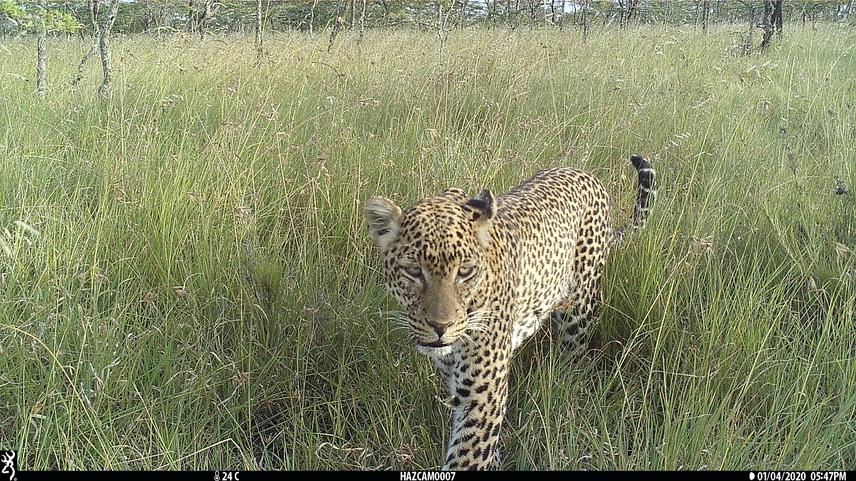Henry Wells
The aims of this project are two-fold. Firstly, to gain a deeper understanding of the balance of competitive and facilitative interactions between livestock and wildlife in African savannas and the effect of livestock habitat use intensity through the use of a long term enclosure experiment and powerful statistical methods. The results of this study will inform land managers, helping them to make decisions that benefit both livestock and wildlife. Secondly, to explore cost-effective methods to control an invasive alien cactus species (Opuntia stricta) to reduce human-wildlife conflict, improve livestock health and productivity and consequently to benefit the livelihoods of pastoral communities.

Across Africa, large mammal numbers are suffering severe declines, even within protected areas, and this trend is also true of Kenya. Many of the last remaining strongholds of large mammal diversity are in landscapes in which wildlife and livestock co-occur. The conservation of these crucial wildlife habitats necessitates a deeper understanding of wildlife-livestock interactions and how to foster positive relationships. The integration of long-term enclosure experiments with different livestock habitat use intensities, non-invasive habitat-use surveys, geographic information systems, remote sensing and powerful statistical methods (e.g. multispecies hierarchical modelling) will enable valuable insights into both species- and community-level response of wildlife to livestock and their context-dependence (e.g. on season or rainfall). These insights will inform the management of landscapes in which livestock and wildlife coexist and guide decisions that promote mutually positive interactions between them.
The relationships between humans, livestock and wildlife in Laikipia, Kenya are also mediated by invasive alien species. The most severe and hazardous invasive plant species in Laikipia, Kenya is a cactus, Opuntia stricta. Opuntia has spread rapidly in Laikipia over the past two decades, replacing grazing land for wildlife and livestock. Livestock are attracted to consuming the Opuntia fruit and small spines on the fruit cause lesions around the mouth and secondary infections in the intestines, resulting in negative socio-economic impacts for pastoralists. Elephant and baboon are also attracted to the consume Opuntia fruits and are the principal dispersers. As Opuntia grows in higher densities around pastoral settlements, this has led to higher human-elephant conflict. Through this project, we are working with a Maasai community severely affected by Opuntia to explore cost-effect methods of managing this invasive alien species to benefit wildlife, humans and the livestock on which they depend.